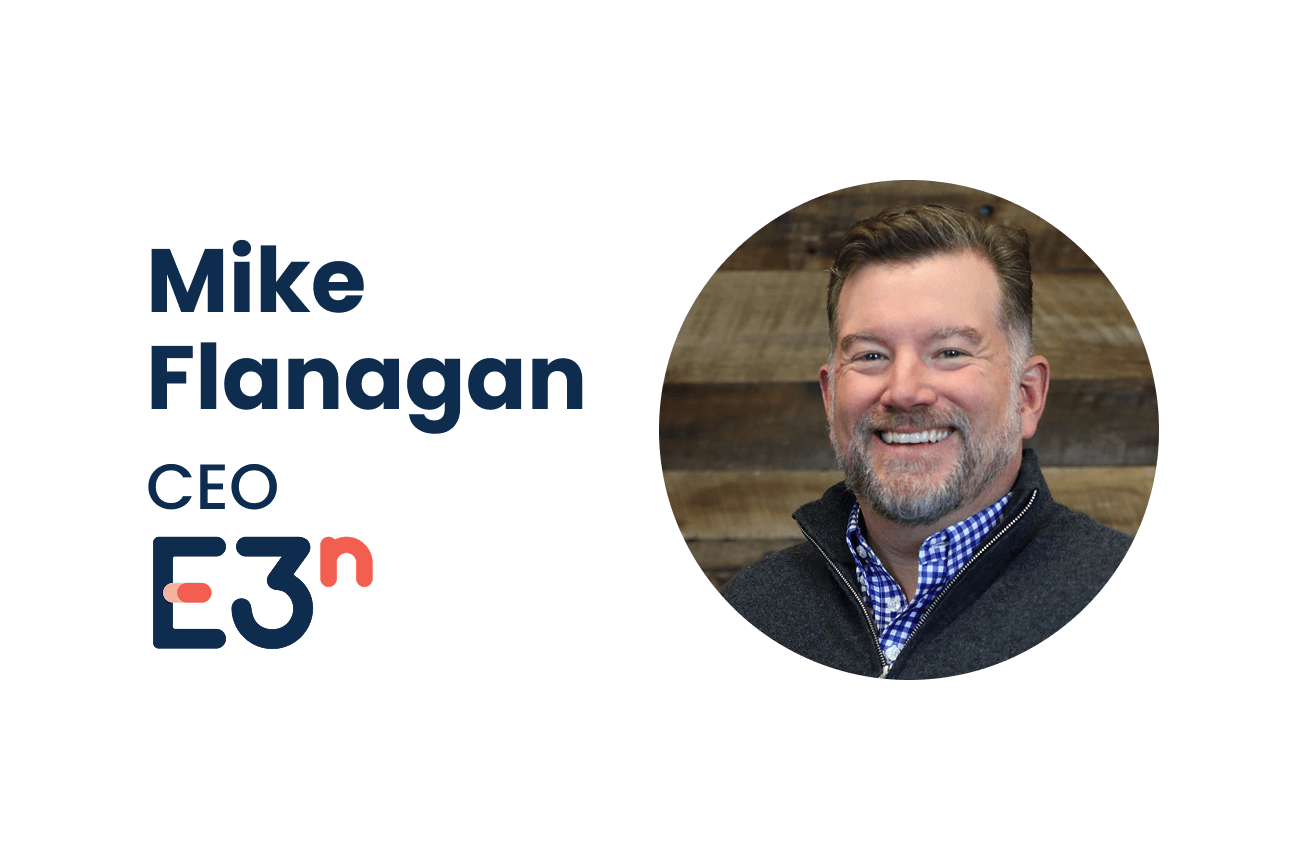ROI & Measurables

I suspect that most of us are guilty of this scenario: Add another initiative or event to attract and convert families. New events will create interest, drive applications, improve retention...but are you sure about that? Careful thought and planning contribute to the execution. But how much of your planning time is devoted to defining what a successful outcome of any new (or existing) initiative will be? How will you know that your efforts are worthwhile?
There is constant pressure to do more (sometimes with less), to build the applicant pool, and to find those outstanding mission-appropriate students that every school seeks. It is easy, in an effort to placate demanding heads of school and members of the board of governors, to pad the admission calendar with events and outreach activities that are designed to attract families to the school. With regards to many of the activities that seem standard in the admission process, have you considered whether these are valuable efforts?
What is the conversion rate of students who toured the school vs. those who did not? Or those who attended an open house vs. those who don’t? Are those numbers getting better or worse? We should be tracking this information over time to inform our practices. If families who attend an open house are no more likely to convert than someone who has a standard tour, perhaps it is time to rethink the approach to an open house. Or maybe that small change that you made to the tour route last year had a significant positive impact. At one institution at which I worked, a lot of time and effort was put into what we called “shadow visit days” – a chance for prospective students to experience the school for the day. In addition to the work for admission office staff, we regularly heard from the teachers that it was a strain on them and a distraction to students. And yet, despite all the people hours and expense that went into these shadow days, we weren’t tracking whether or not they impacted conversion. What a missed opportunity to reflect on practices.
Beyond some fairly basic admission statistics (conversion rate of inquiries & applicants, ROI for international recruitment travel, for example), I hadn’t given much thought to return on investment (ROI) of events or other measurables until it was a topic of consideration during session 1 of the Leadership in Enrollment Management Certificate Program through the University of Southern California's Center for Enrollment Research, Policy, and Practice (CERPP). Throughout the course of discussions prompted by the comments of my classmates, it is clear that I was not alone. It is an element of best practice that has somehow been missed. Yet, as another colleague pointed out, it can be a valuable way to ensure that everyone on your team is working from a shared understanding of the goals and desired outcomes of your efforts. If we take the extra step of defining expectations and markers of success during the planning process, then evaluations of our efforts will be more straightforward.
You can bet that as I begin a new role in a new school, I will endeavour to identify the value of admission office activities, and will use that information to guide our future planning. In reviewing the value of our admission events as a team, we will be in a better position to determine which efforts or events are worthwhile, which need to be reimagined, and which we can take off our calendar.




